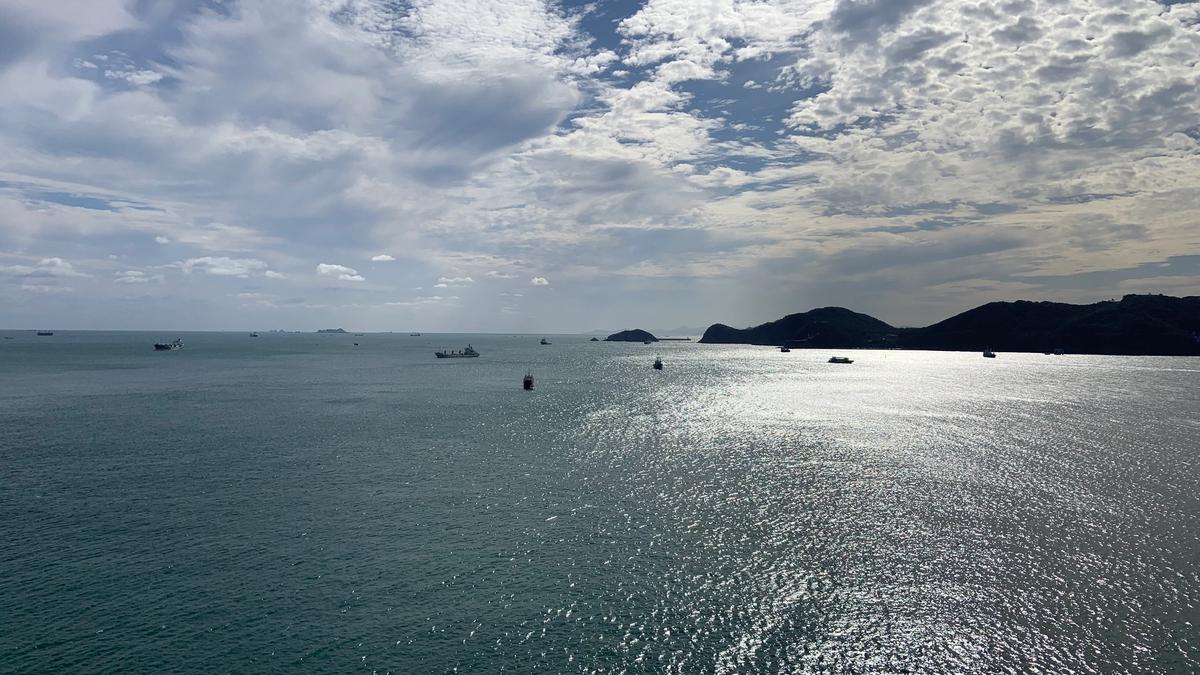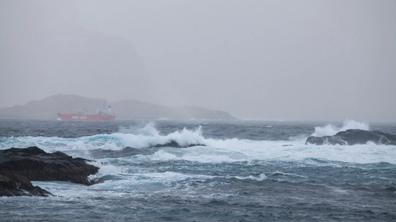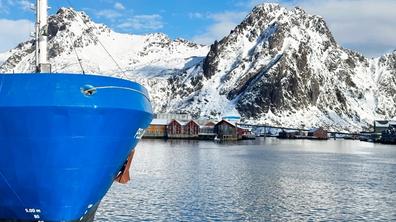It is hard to estimate just how much of the litter originates solely from shipping among the seabased sources. What we know most about is container loss, plastic pellets and waste management at port.
Container loss
One litter-related problem that can be linked directly to shipping is container loss. In 2022, more than 6,300 cargo vessels were operating on the world’s oceans. Due to a lack of requirements relating to the reporting and transparency of loss data, there is uncertainty as to how much cargo is lost from such vessels each year. What we do know from the available reports and studies is that the figure is somewhere between 350 and 10,000 items each year. The World Shipping Council (WSC) references figures from 2008-2021, in which they estimate that the average is around 1,629 lost containers per year.
Waste gone astray
A study from European ports shows that bilge water, sludge, slops, sewage, plastics, food waste, household waste, cooking oil, incineration ash, waste from operating procedures and cargo residues are the most common types of waste found on board vessels. Some of this waste can end up as litter if it is not properly managed. The amount of waste delivered at European ports has increased following the introduction of the EU Port Reception Facilities Directive, which sets out requirements for waste management facilities at port. Nevertheless, there is still a difference between the amount of waste that is assumed to be generated on board and what is actually delivered at port. It has been estimated that somewhere between 7 and 34% of the waste generated on board is not delivered at port. This leaves an open question as to what the causes could be: is it a case of misreporting, unlawful actions or is the explanation something entirely different? Furthermore, models and direct measurements show that there is a correlation between the amount of waste found in the shore zone and nearby shipping traffic. Unfortunately, this indicates that littering from shipping occurs.
Many studies looking at littering from shipping also include fishing vessels and various marine installations. It is very difficult to distinguish between the sources of sea-based litter. It would take a very well-trained eye to recognise whether a rope originates from a cruise ship or a fishing vessel. There is limited access to figures and few studies look at how much and what kind of litter originates directly from shipping.




